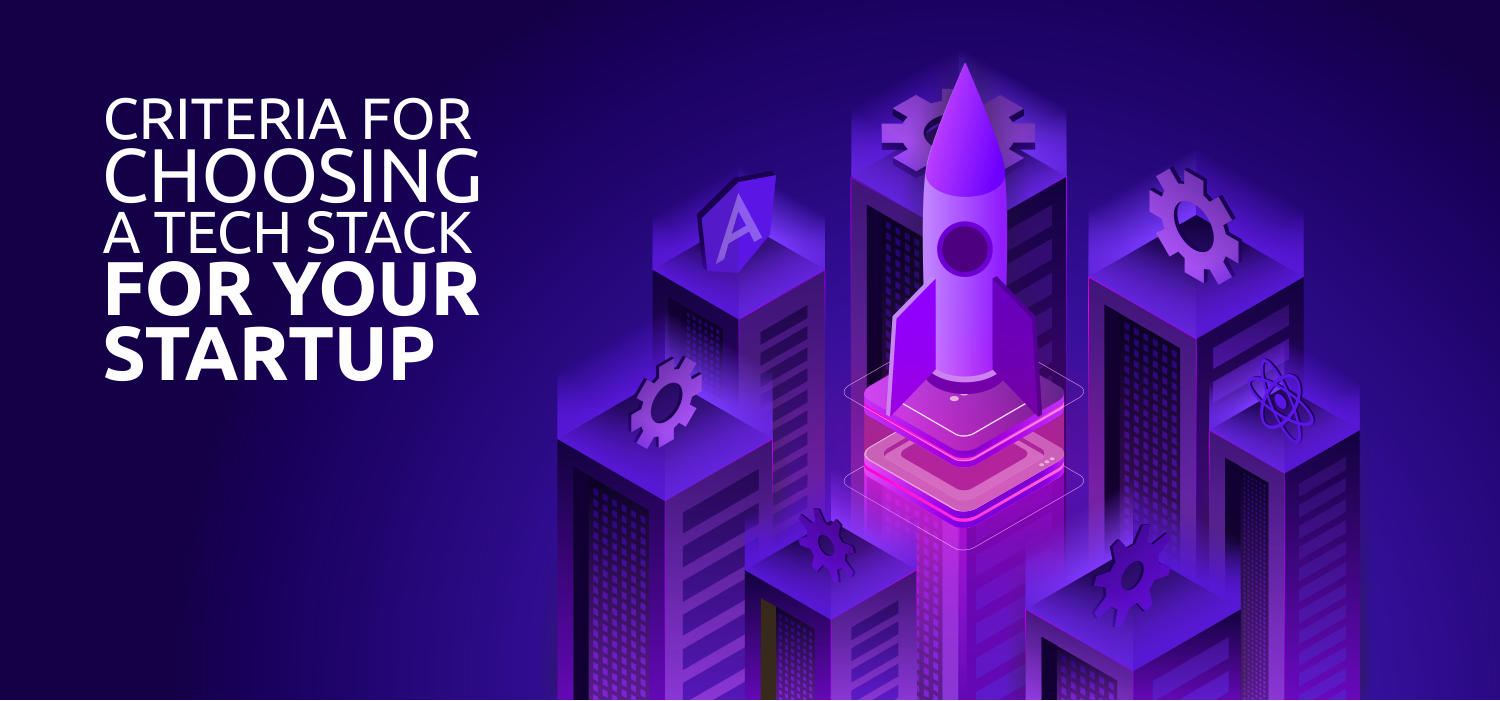The truth is having a great idea for your startup might not be enough to win the audience and create a successful brand. The most important thing for new product development is the right technology. Different criteria will eventually help you to choose the right technology stack for your startup. Thus, the size of the startup, time to market, scalability, security measures, and available financial resources are predominant elements that influence what tech stack you should use.
So, let’s discuss what is a technology stack, why is it essential for your startup, and how to choose the right tech stack for your small business.
What is a Tech Stack?
The notion of technology stack refers to the combination of software tools and programming languages that will bring your website or application to life. The tech stacks mean a core pillar of the digital solution. It directly affects the quality of user experience, scalability, maintenance, and other significant factors of the product.
There are different skill sets of development stack: frontend, backend, and full stack.
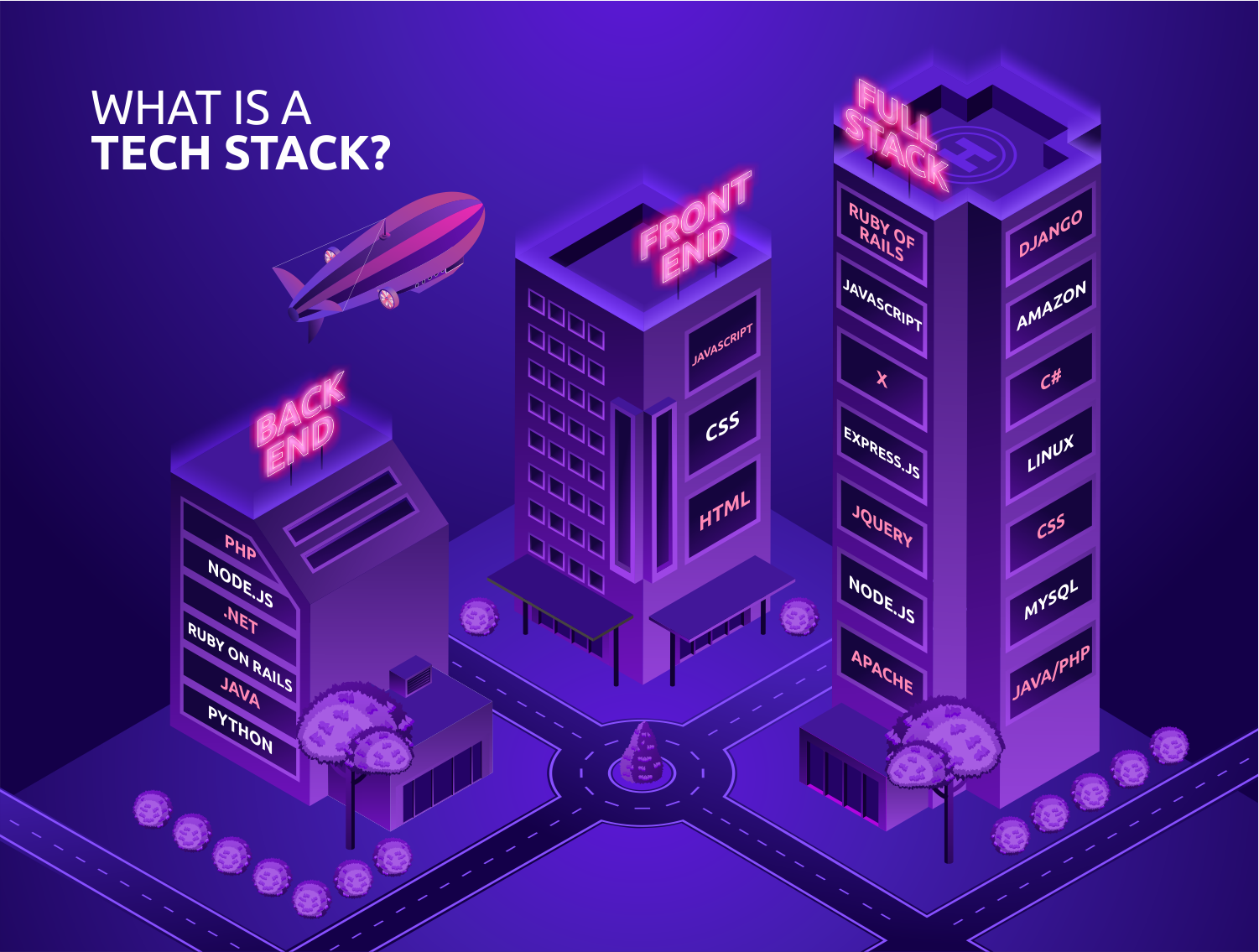
Frontend
The client-side or frontend refers to the part of an app that a user can see and interact with. There are three main programming languages that are the core of every web application.
HTML - for foundation. It sets information architecture means that the structure within a web page is set correctly. HTML identifies the role of each piece of content like text and image and frame the foundation of how the user will navigate the web page.
CSS - for design. CSS dictates how the style is rendered on the page.
JavaScript - for interactivity. The component is responsible for features like animations, loading media, and other elements that positively affect the user experience.
The new product development process starts with the frontend and then a developer decides what backend tool is better to use in order to support the stack.
Backend
The server-side or backend is responsible for what happens ”behind the scene” (the server). It designs a structure of information and manages the applications and services that the user engages with. The main goal is to build a dynamic product that made a server and database to send the right requests/ information at the right time. The most popular backend languages are PHP, Node.js, .NET, Ruby on Rails, Java, Python.
Full stack
It is more often you can meet a full-stack developer, who is comfortable working with both frontend and backend development technologies. Such developers are experts in all software product development stages.
Read our articles "How to Choose a Technology Stack for Web App Development"
Solutions stack
Developers can build web and mobile applications using the myriad of combinations of different programming languages, frameworks, databases, and other tools. However, solution stacks are software technologies that perfectly work together in groups. The name of such stacks is the acronym of the first letter of each individual piece of the stack.
There are the most popular solution stacks for development:
MEAN - MongoDB, Express.js, AngularJS, and Node.js;
MERN - MongoDB, Express, React/Redux and Node.js;
LAMP - Linux, Apache, MySQL, and PHP;
WINS - Window Server, IIS, .NET, SQL Server;
XAMPP - X, Apache, MySQL or MariaDB, PHP, or Perl.
Why You Have to Think About a Technology Stack Before Starting?
It’s always great anticipation to start working on your startup project ASAP. But to do things right you should thoroughly think through the technology that is going to be used.
It saves you lots of investment and time. Get the consultation from experienced web developers to help you to make up your mind. Or you can hire a dev team or a freelancer to build an app from scratch. One way or another, the technology must be agreed before the development process begins. Later, if you decide to change technology, it would be difficult to implement so that it will require a lot of extra time and money.
Consider the type of app. Tech stack has a big effect on how your app works. Certain stacks will better serve different projects. It’s hard to generalize since there are so many different combinations that are possible. Therefore, depending on the type of the app and its features, you need to choose the perfect combination of technologies that will help you to take advantage of the strengths and mitigate weaknesses.
Scalability of the product. Starting with MVP and basic features, your product has to evolve and has the ability to grow to meet your business needs in the future. A scalable product is the one that has no troubles of adding new features later on.
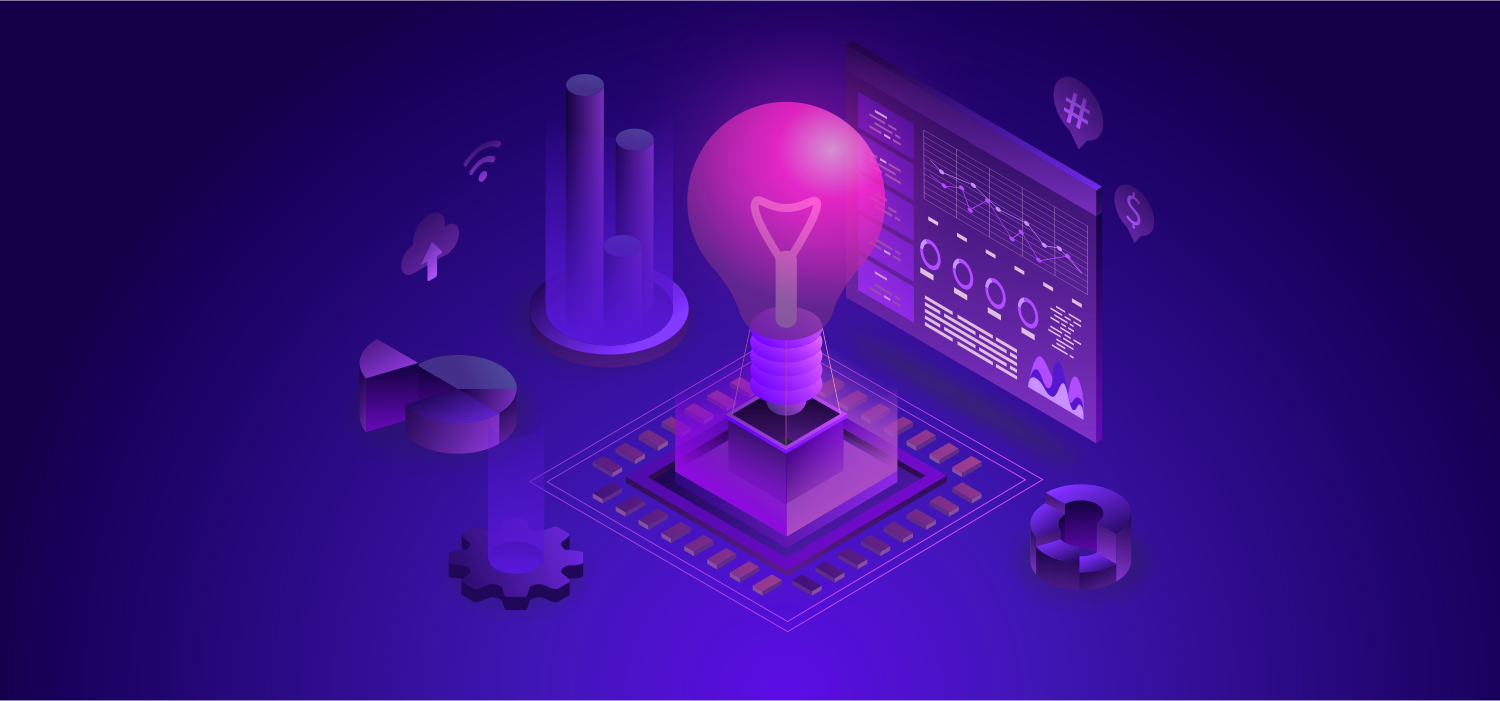
5 Criteria for Choosing a Tech Stack for Startup
Sometimes business owners tend to choose the tech stack based on one of the following criteria: personal preference, trends, online research, a recommendation from peer companies, or experience using technology in the previous projects. Nevertheless, the results of this practice might not benefit the final result of the project. So let’s discuss how to be sure which technology stack to choose.
Type of Your Startup
The size of the project directly correlates with the complexity of web application development. Whether you plan to launch a big or small project the technologies would be different, too.
Simple projects. This type usually includes landing pages, plain web stores, apps, and MVPs. Needless to say, the first step in new product development - need to be launching an MVP. At the stage of MVP, the product usually contains only the basic features. It is important to launch MVP as soon as possible, so you could collect the early feedback from the users. Eventually, you will know what needs to be improved, added, or eliminated in the product to make it better.
Middle projects are usually based on frameworks and consist of complex online stores and marketplaces. Since it requires more logic behind the scenes action, which means that a mix of programming languages and different technologies for APIs are more suitable for these projects. The architecture of a medium web application will be more complex since they have to handle large traffic while being highly efficient.
Complex projects are usually based on a mix of pure programming, frameworks, and accelerators. Such projects include international marketplaces, social networks, and large eCommerce solutions. Such applications technologies require a mixture of programming languages, and custom solutions in order to produce a scalable product. Usually, the complex projects include built-in analytics, many custom features, and numerous third-party integrations as well as audio/video streaming, real-time communication, and file sharing.
Read our article "How to Create an MVP (Minimum Viable Product): Your Step-by-Step Guide"
Time to Market
Time to market (TTM) means the time between the final stage of product development and the time when the product will be available for release or sale. In fact, the right approach is to develop and release the product at the earliest opportunity. Firstly, reducing time to market means less development cost. Secondly, the sooner you develop the product and launch the MVP version the more feedback you will get.
There are several elements that influence effective TTM patterns, such as detailed specification, innovations, the level of expertise of the developer, the process of integration and even taking out of the box solutions.
Scalability
To create the right environment for businesses to grow it is essential to build a scalable product. Scalability will allow you to meet the increased demand from the consumers and improve the product significantly.
In order to identify the right application technologies solution, it is crucial to check whether scalability horizontal or vertical scalability. Horizontal scalability allows an increasing number of users and transactions on the platform. While vertical scalability allows adding more features on top of the core value proposition of your product.
Security
Cybersecurity is the must-have approach nowadays. Therefore, the ability to prevent cybersecurity attacks is a prevalent element during each web application development. Technology has to be secure and allow users to detect and protect sensitive data. In order to achieve the best results, the security tests should be run on both client and server sides to eliminate the common security threats.
While complete security and invulnerability from hacker attacks are impossible these days, there are technologies and programming languages that are safer than others. Sophisticated authorization and authentication methods are of utmost importance. Also, the very fabric of the code has to leave no stray points of entry for attackers.
Budget
Before choosing the technology stack it is better to get a detailed estimation of the project. In fact, some software development companies employ business analysts, whose job is to help with project estimation and who try to find the best solutions within the specific budget. Estimation of the project is crucial if you aim to build an app suitable for your needs, customer preferences, and market.
Most Popular Technology Stacks for Startups
Perhaps the best meaning of a tech stack could be understood by looking at the most popular technologies.

Spotify
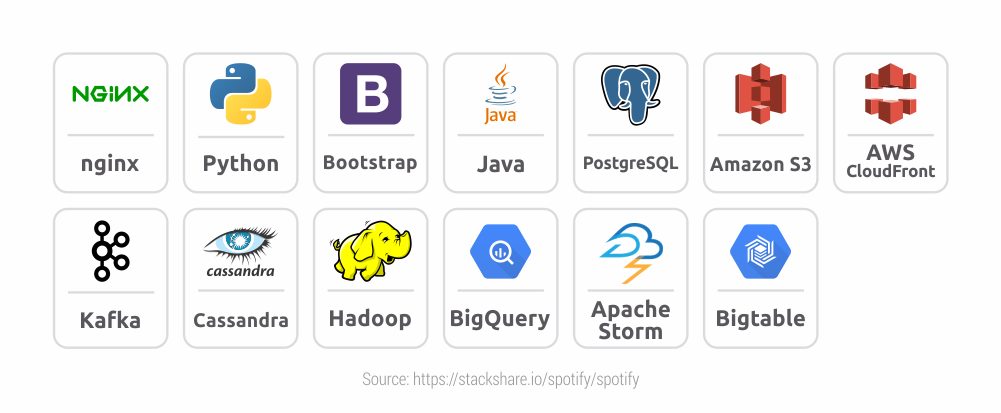
Zibbet
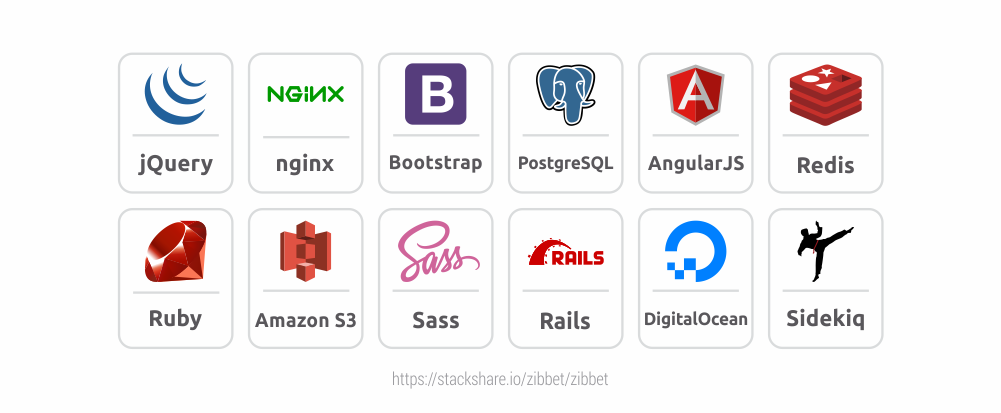
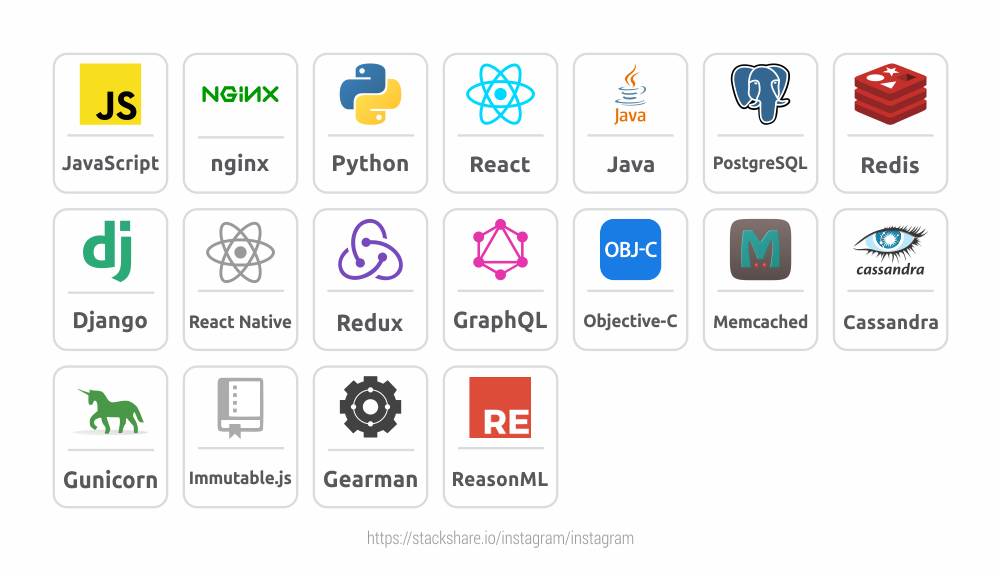
Coursera
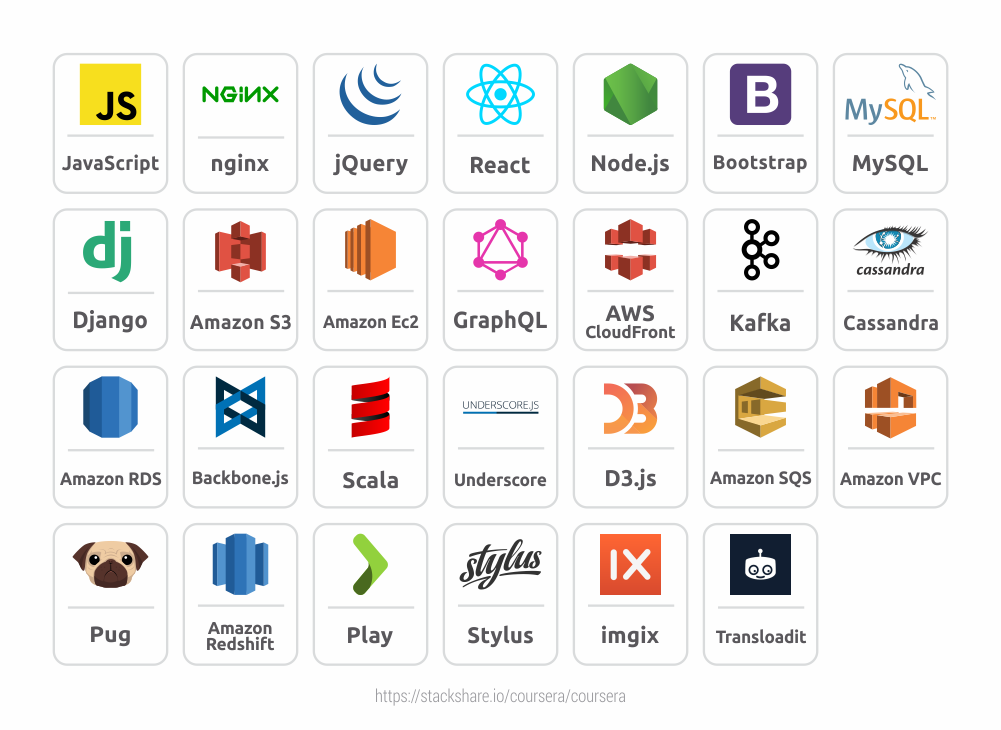
Slack

Conclusion
So, which technology stack to choose? The process might be overwhelming. However, different criteria will eventually help you to choose the right technology stack for your startup. Thus, the size of the startup, time to market, scalability, security measures, and available financial resources are predominant elements that influence what tech stack you should use. In case, you will have any questions or suggestions feel free to contact our team and we will assist in any of your inquiries!
